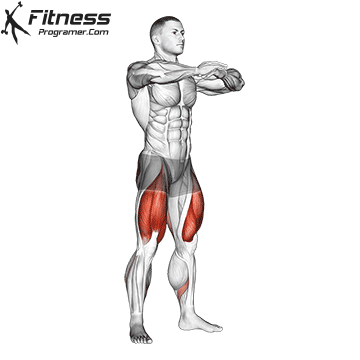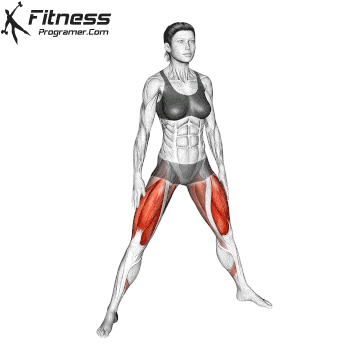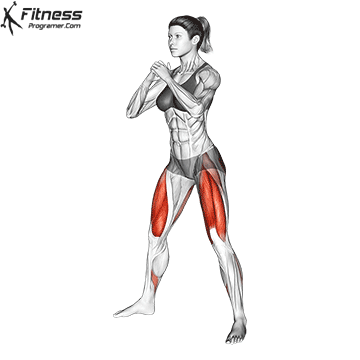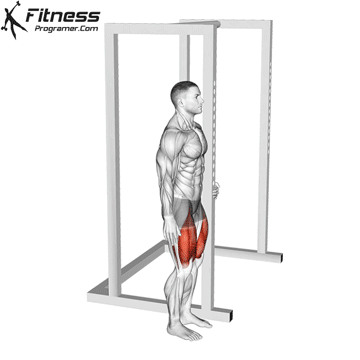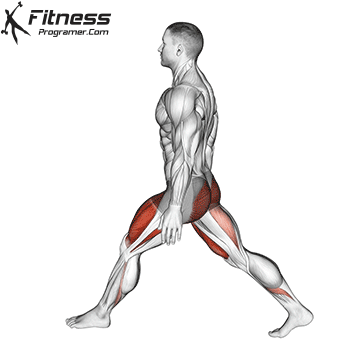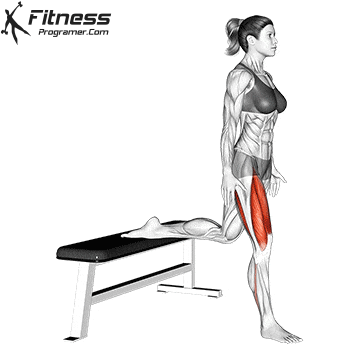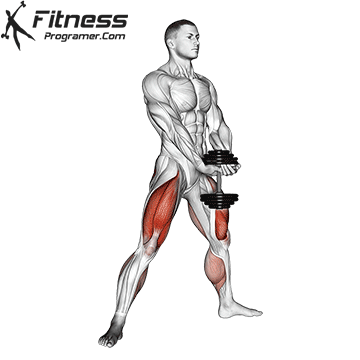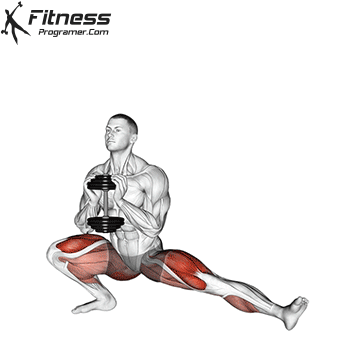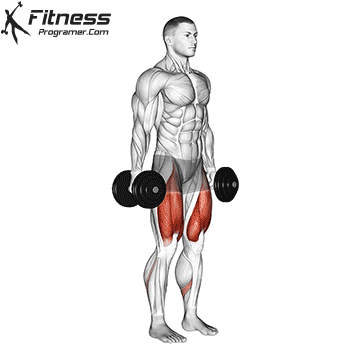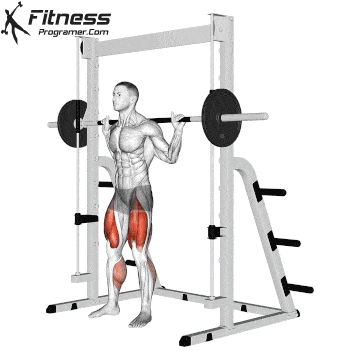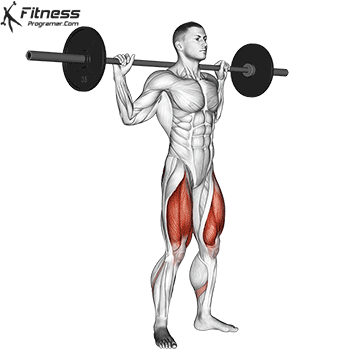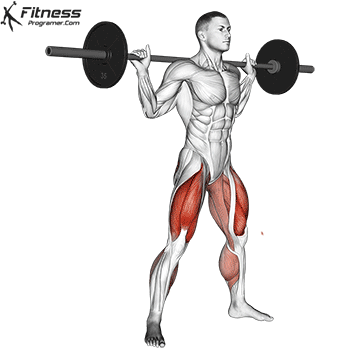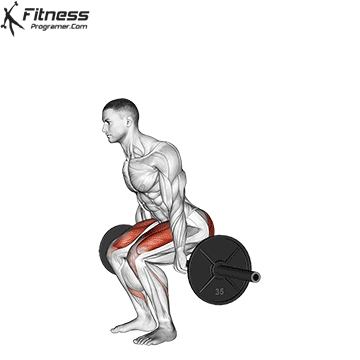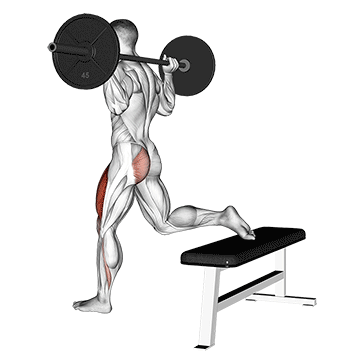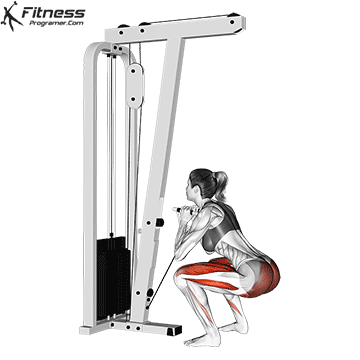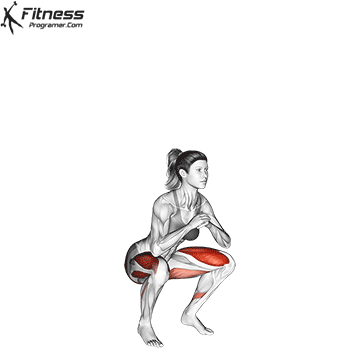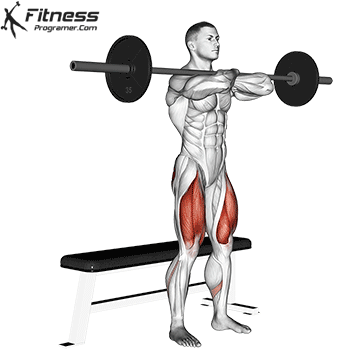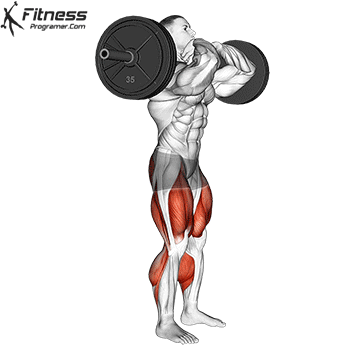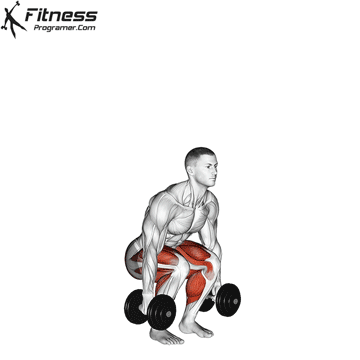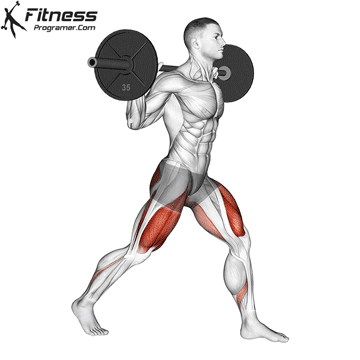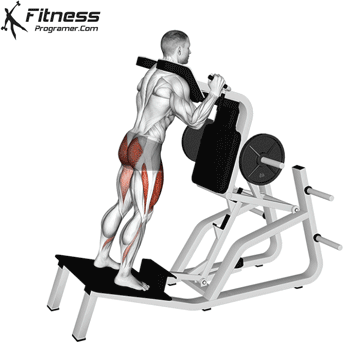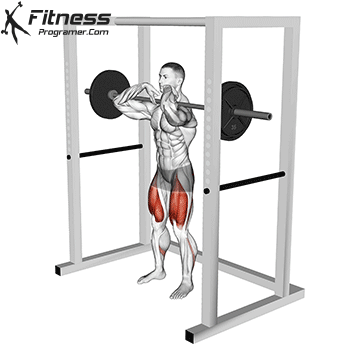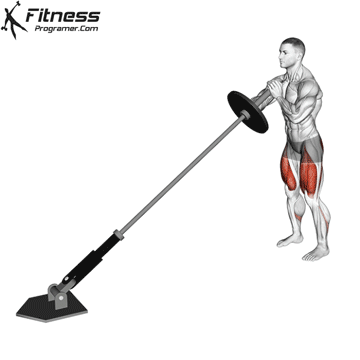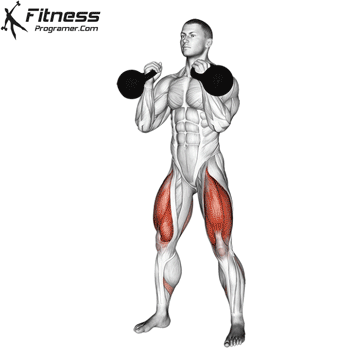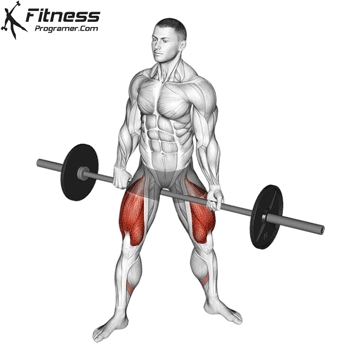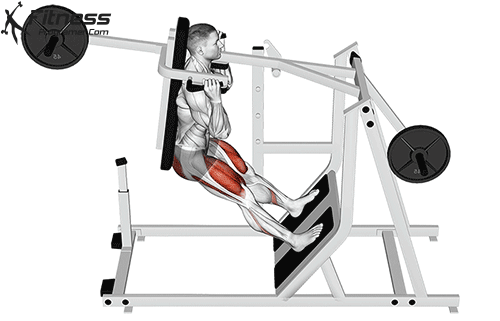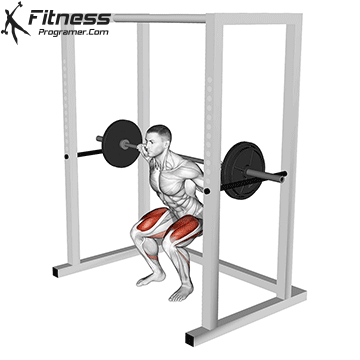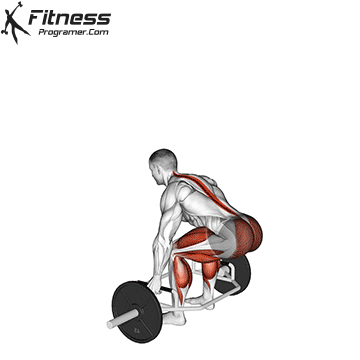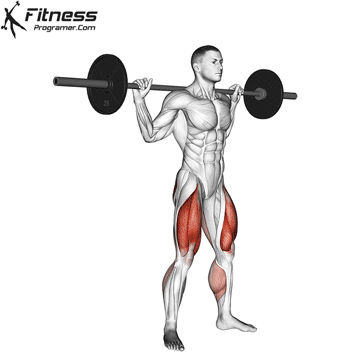Overview
The bodyweight squat is a fundamental lower-body exercise that helps improve strength, balance, and mobility. It trains the entire lower body, particularly the quadriceps, glutes, and hamstrings, while also activating the core for stability. Requiring no equipment, it can be performed anywhere, making it ideal for all fitness programs.
How to do perform Bodyweight Squat
Stand with feet shoulder-width apart and toes slightly pointed outward.
Brace your core and keep your chest lifted as you begin the movement.
Push your hips back and bend your knees to lower into a squat.
Descend until your thighs are parallel to the ground or as low as comfortable.
Drive through your heels to stand back up, squeezing your glutes at the top.
Tips for Proper Form
Keep your heels flat on the ground throughout the movement.
Maintain a neutral spine by avoiding excessive leaning or rounding.
Engage your core to protect your lower back.
Push your knees outward so they track in line with your toes.
Lower with control to ensure proper muscle engagement and balance.
Common Mistakes
Letting the knees cave inward, which stresses the joints.
Rising onto the toes, reducing stability and muscle engagement.
Leaning forward excessively, which can strain the lower back.
Not squatting deep enough, limiting the benefits of the exercise.
Using momentum instead of control, which reduces effectiveness.
Benefits of the Bodyweight Squat
Builds foundational strength: Trains the glutes, quads, and hamstrings to support daily movement.
Improves joint mobility: Enhances range of motion in the hips, knees, and ankles.
Enhances balance and coordination: Strengthens stabilizing muscles and body control.
No equipment needed: Can be performed anywhere, making it highly accessible.
Supports functional fitness: Improves your ability to sit, stand, and move with ease.
Safe for beginners and recovery: Low-impact option to build strength and movement confidence.
Versatile for all goals: Easily included in warm-ups, circuits, or bodyweight-only programs.
How to Incorporate Into Your Routine
- For Beginners: Perform 2 to 3 sets of 10 to 12 reps to learn proper mechanics.
- For Hypertrophy: Do 3 to 4 sets of 20 to 25 reps or add tempo for increased muscle tension.
- For Strength: Increase the difficulty with dumbbell variations.
- For Functional Training: Use in warm-ups or combine with mobility drills.
- For Circuit Training: Include 15 to 20 reps per round with minimal rest.
- For General Fitness: Add to home or gym routines for a foundational leg exercise.
- For Mobility and Recovery: Use deep slow squats to open hips and strengthen joints.
Bodyweight Squat Muscles Worked
The bodyweight squat is a compound exercise that primarily targets the muscles of the lower body, including:

Frequently Asked Questions
Can beginners do bodyweight squats?
Yes. It is one of the safest and most effective exercises for building a strong foundation.
How low should I squat?
Go as low as your mobility allows while keeping heels down and spine neutral.
How often should I do bodyweight squats?
You can include them 2 to 4 times per week depending on your goals and recovery.
Can I make bodyweight squats harder?
Yes. Try adding tempo, pause at the bottom, or progress to single-leg variations.

